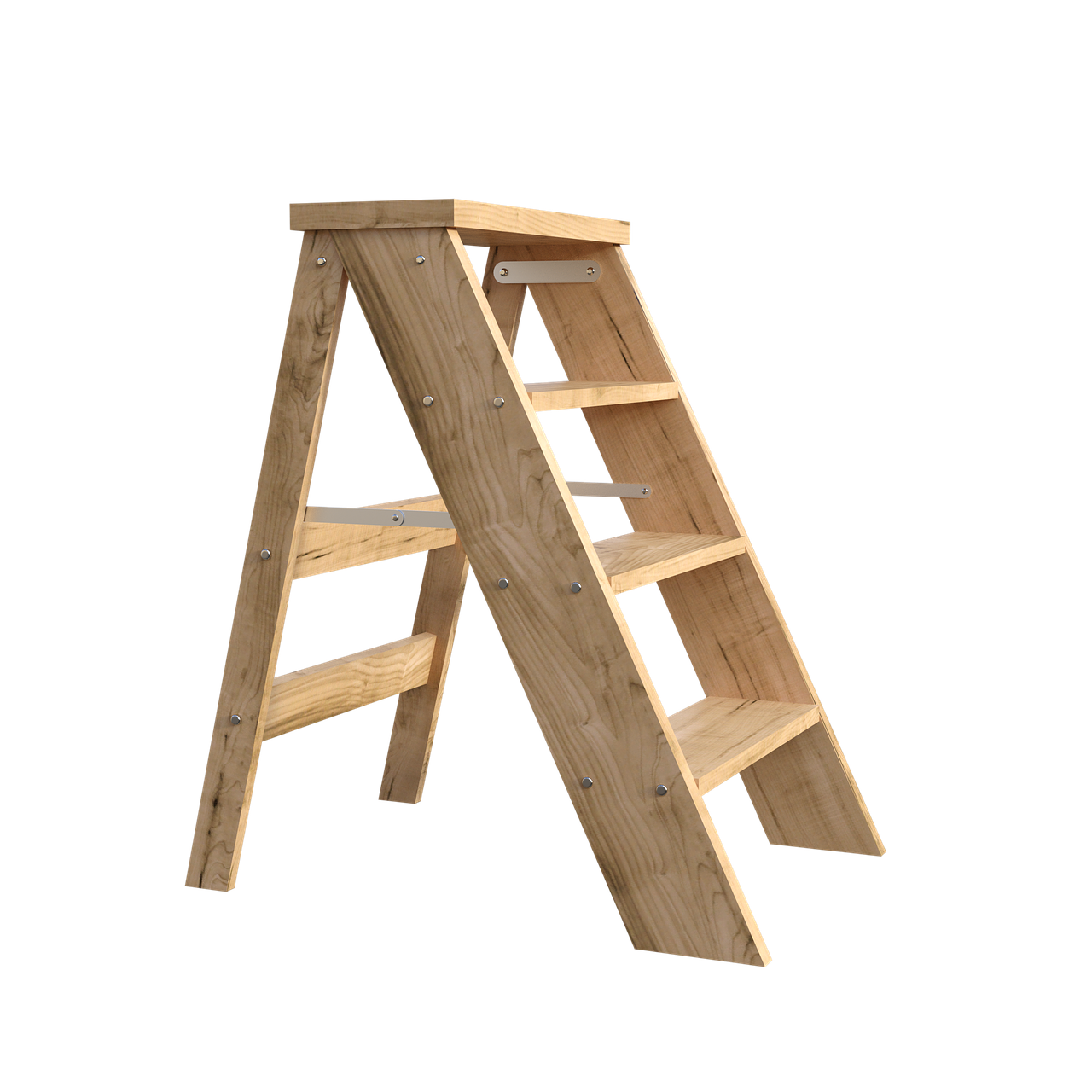Ladders are the unsung heroes of both household chores and professional tasks, often overlooked until the moment we need to reach that just-out-of-reach object or paint that top corner of the room. But with great height comes great responsibility, and ladder safety is a topic that deserves our full attention. In the United States alone, ladder accidents lead to an estimated 300 deaths and over 130,000 injuries requiring emergency medical attention annually. These staggering numbers highlight the importance of understanding and respecting the tool that stands between us and gravity.
Choosing the Right Ladder
The key to using a ladder safely begins with selecting the right ladder for the task. Portable ladders include stepladders, straight ladders, and extension ladders, each with its specific use cases. Stepladders are ideal for indoor tasks where the ladder can be self-supporting, while straight and extension ladders are better suited for outdoor tasks where the ladder needs to lean against a stable structure.
Specifications and Features
– Length and Height: The length of portable stepladders should not exceed 20 feet. For straight or extension ladders, measure the span it needs to reach and add 3 feet, or estimate by measuring straight up, add 20%, and then add 3 feet.
– Load Limit Rating: This includes the person’s body weight plus any materials and tools being used. Heavy-duty ladders (Type I or Type IA) are recommended for industrial use.
– Slip-Resistant Feet: Ensure the ladder has slip-resistant feet to prevent accidents on slick surfaces.
– Rungs and Spacing: The spacing of rungs, cleats, and steps must adhere to specific measurements to ensure stability.
– Spreaders and Locks: Stepladders must have a metal spreader bar or locking device to keep the ladder open and secure.
– Material Considerations: Avoid using portable metal ladders for electrical work or near live electrical parts due to the risk of electrical shock.
Proper Ladder Setup
Setting up the ladder carefully is just as important as choosing the right one. Ladders should not be placed in high-traffic areas without proper protection. They should extend at least 3 feet above the upper landing surface to ensure stability when stepping off the top. Follow the 4-to-1 ratio ladder rule: set the base 1 foot out from the wall for every 4 feet it reaches up. This ensures a stable angle for the ladder.
Ensure the ground is stable and level before setting up your ladder. Avoid soft or uneven surfaces that can cause the ladder to wobble. On slippery surfaces, use additional stabilizing devices to secure the base.
Safe Climbing Practices
When working on ladders, focus on balance and positioning:
– Face the Ladder: Always face the ladder while climbing and descending.
– Three Points of Contact: Maintain three points of contact (two hands and one foot or two feet and one hand) at all times.
– Avoid Heavy Loads: Avoid carrying heavy materials or tools while climbing. Use a tool belt or rope to hoist tools.
– Avoid Overreaching: Do not lean too far out from the ladder. Your navel should stay within the side rails to maintain balance.

Regular Ladder Inspections
Daily inspections of ladders are crucial for maintaining safety. Check for visible defects such as cracks, bends, or loose rungs. Mark any defective ladders with “DO NOT USE” and ensure they are repaired before further use.
Organizations like the University of Tennessee Health Science Center have detailed ladder safety policies that emphasize the responsibilities of all parties involved in ladder use. These policies are designed to ensure compliance with OSHA, NFPA, and other regulations, and include routine inspections and safety awareness training.
Adhering to OSHA Standards
OSHA’s rules for ladders provide a comprehensive guide to maintaining safety standards. These include:
– Keeping Ladders Clean: Ladders should be free of slipping hazards such as oil or grease.
– Using Ladders for Intended Purposes: Use ladders only for their designed purpose.
– Securing Ladders: Prevent accidental movement by securing ladders before use.
– Fall Arrest Systems: For fixed ladders over 24 feet, use fall arrest systems to prevent falls.
Ladders are indispensable tools that, when used correctly, can make a variety of tasks easier and safer. By adhering to safety guidelines, conducting regular inspections, and using the right ladder for the job, we can significantly reduce the risk of accidents. Remember, when it comes to ladder safety, every step counts. So, let’s climb with confidence, secure in the knowledge that we’re doing everything we can to stay safe while reaching new heights.
Related posts:
Ladder Safety Policy
5 Simple Ladder Safety Tips
Construction Ladder Safety for Roofers





